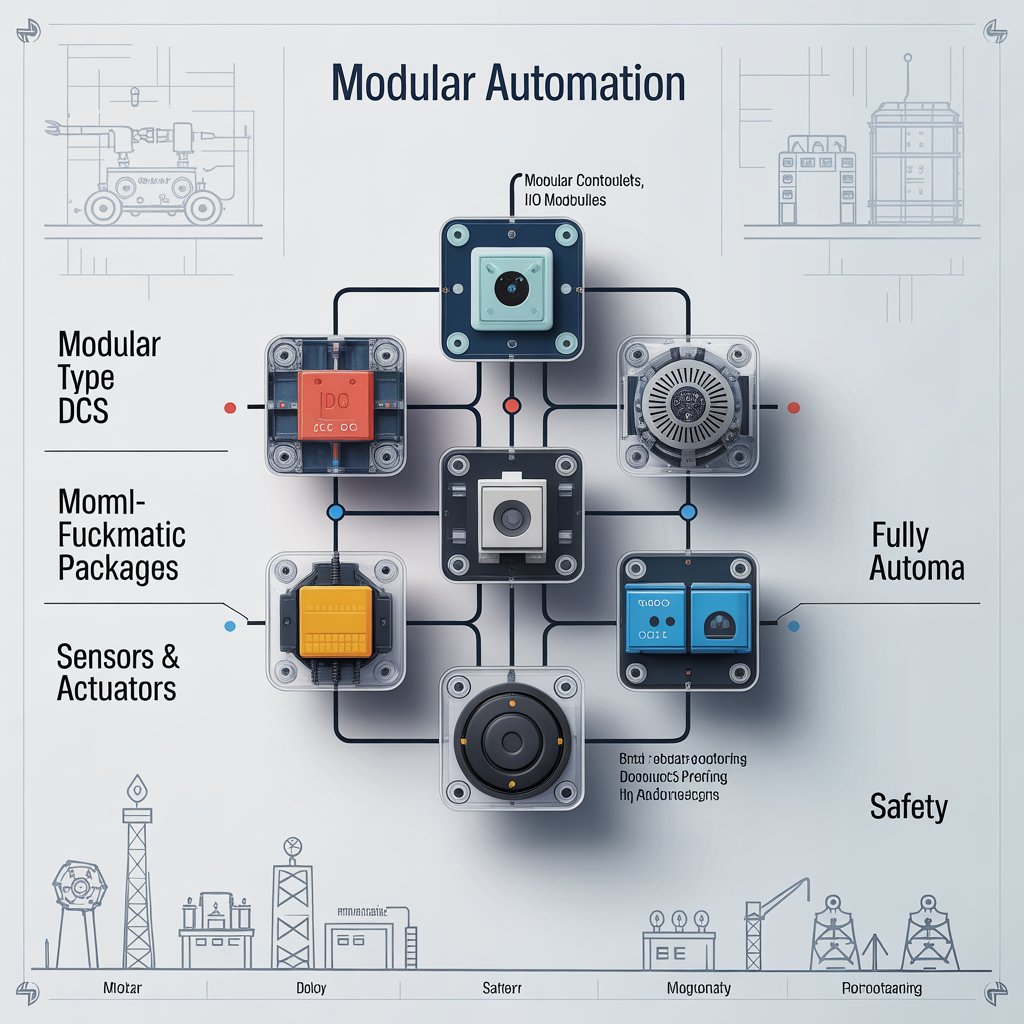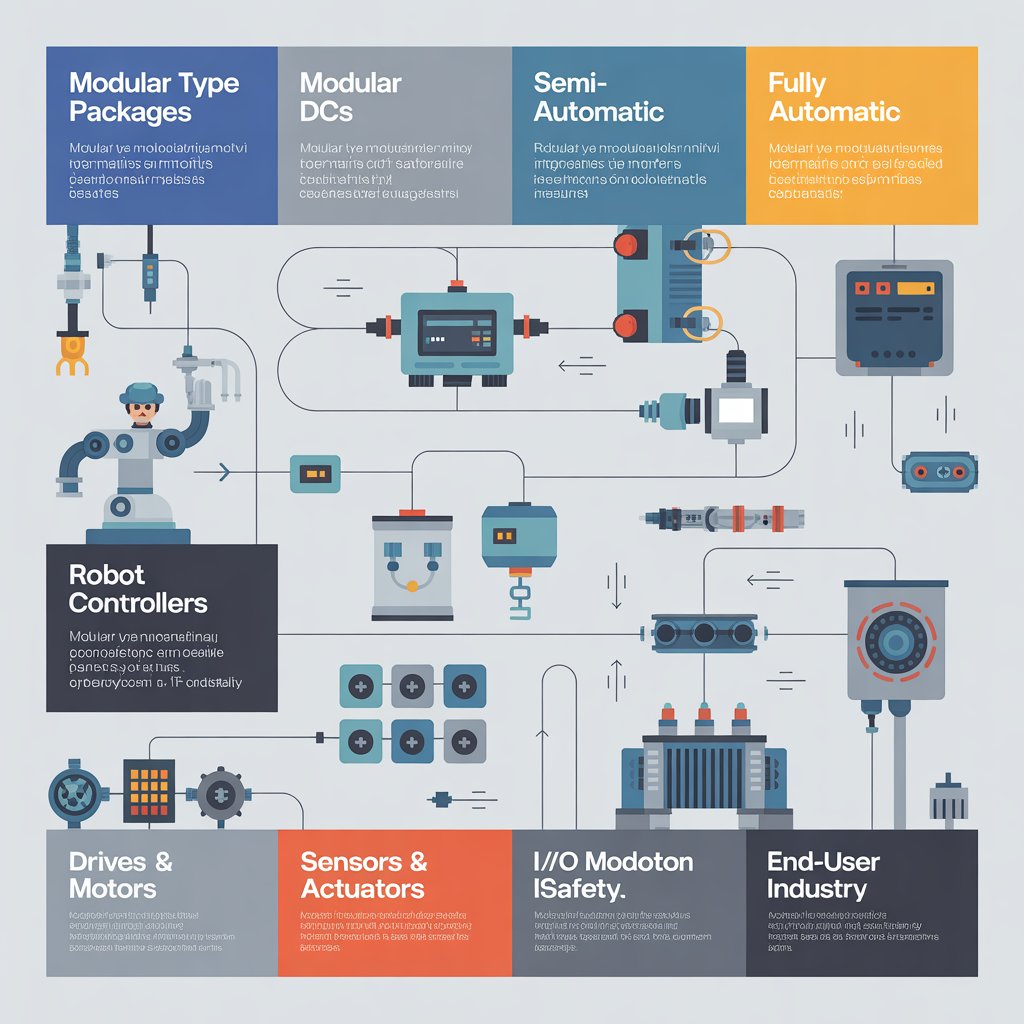The global industrial landscape is undergoing a significant transformation driven by the rising need for flexibility, scalability, and efficiency. As industries embrace digital transformation, modular automation has emerged as a crucial enabler of smart manufacturing and agile production systems. By 2029, the Modular Automation Market is expected to evolve into a cornerstone of Industry 4.0, fostering a new era of adaptive, intelligent, and connected production environments across sectors such as pharmaceuticals, oil and gas, chemicals, automotive, and food and beverage.
At its core, modular automation enables the division of complex production systems into standardized, independent, and interoperable modules. This modular approach allows industries to rapidly configure, scale, and modify manufacturing lines based on dynamic market demands. Over the next five years, this paradigm will redefine production planning and execution, shifting the focus from rigid, linear automation architectures to flexible and reconfigurable manufacturing ecosystems. The future roadmap of this market, therefore, lies in enhancing interoperability, intelligence, and integration across production assets.
Download PDF Brochure @ https://www.marketsandmarkets.com/pdfdownloadNew.asp?id=10649136

The integration of digital twins, Industrial Internet of Things (IIoT), and artificial intelligence (AI) will play a pivotal role in shaping the modular automation roadmap by 2029. Digital twins will allow real-time simulation and optimization of modular systems, enabling predictive maintenance and reduced downtime. Through IIoT-enabled connectivity, modular units will seamlessly exchange data across machines, enabling autonomous decision-making and process optimization. AI-driven analytics will further enhance this ecosystem by enabling predictive insights, self-optimization, and energy-efficient operations. Together, these technologies will create a foundation for truly adaptive and intelligent production systems.
From a design and engineering perspective, modular automation will advance toward a plug-and-produce model. The next-generation systems will be based on standardized interfaces and communication protocols, enabling quick integration and reconfiguration of modules without extensive downtime or manual intervention. Standards such as MTP (Module Type Package) are already paving the way for this transition, facilitating a common communication framework between process modules and higher-level control systems. By 2029, such standards will become globally accepted, ensuring seamless interoperability across vendors and industries.
Industries that rely heavily on batch production, such as pharmaceuticals and chemicals, will be among the primary beneficiaries of modular automation advancements. In these sectors, flexibility and compliance are paramount, and modular systems will offer the agility to switch between production batches, formulations, and capacities efficiently. The pharmaceutical sector, in particular, will witness a strong shift toward modular production units that comply with stringent regulatory standards while ensuring scalability and cost-effectiveness. Similarly, the energy and oil and gas industries will leverage modular automation to enhance operational resilience, improve safety, and optimize remote monitoring of distributed assets.
Inquiry Before Buying @ https://www.marketsandmarkets.com/Enquiry_Before_BuyingNew.asp?id=10649136

In addition to industrial benefits, modular automation will also reshape business models. By 2029, manufacturers will increasingly adopt “as-a-service” models, offering automation capabilities through subscription-based or outcome-based contracts. This shift will democratize access to advanced automation for small and medium-sized enterprises (SMEs), reducing capital expenditure and accelerating digital adoption across the value chain. Moreover, modular automation suppliers will collaborate with cloud and software companies to deliver integrated solutions that combine hardware, software, and analytics under unified platforms.
Regional growth trends will also define the roadmap of modular automation. Europe, with its strong presence of automation pioneers and stringent efficiency regulations, will continue to lead technological innovations in modular control systems. North America will focus on digital transformation and industrial modernization, integrating advanced analytics and AI-driven decision-making into modular frameworks. Meanwhile, the Asia-Pacific region will emerge as the fastest-growing market, driven by the expansion of manufacturing facilities, government-led industrial automation initiatives, and the rapid adoption of smart factory solutions.
Sustainability will be another defining aspect of the modular automation future. As industries move toward net-zero goals, modular automation will enable resource-efficient and low-carbon production. Modular systems will optimize energy usage, reduce waste, and support circular manufacturing practices by enabling flexible reconfiguration of production assets. The ability to upgrade or replace individual modules instead of entire systems will minimize material waste and extend equipment lifecycle, aligning with global sustainability goals.
View detailed Table of Content here – https://www.marketsandmarkets.com/Market-Reports/modular-automation-market-10649136.html

By 2029, the global modular automation market will no longer be limited to operational flexibility; it will become a key enabler of data-driven decision-making and continuous innovation. The convergence of AI, robotics, edge computing, and advanced communication technologies will make modular automation the backbone of the next-generation industrial ecosystem. Factories will evolve into adaptive, self-organizing networks capable of responding to market shifts in real time.
